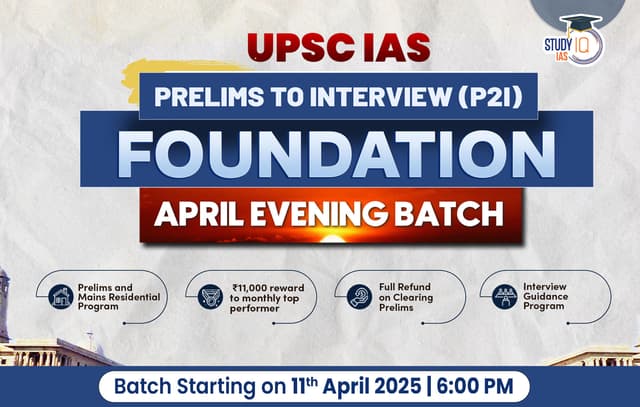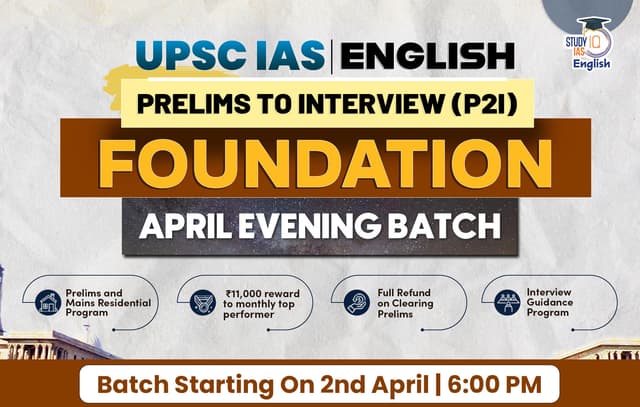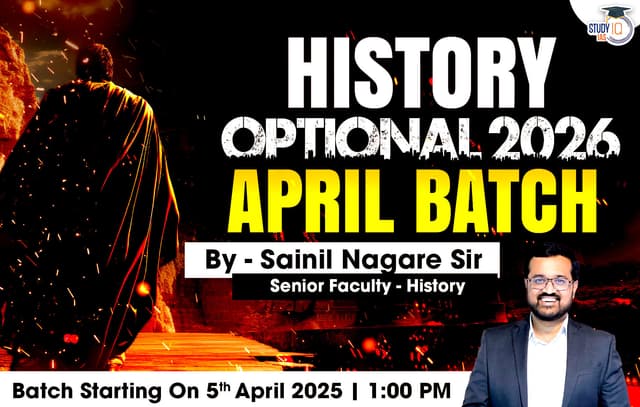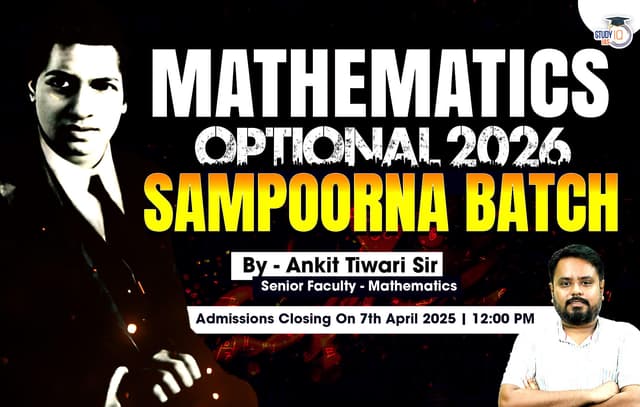Table of Contents
Who are Rohingya Refugees?
- The Rohingya are a mostly Muslim ethnic group who have lived in Buddhist-majority Myanmar for centuries.
- Flee Myanmar due to genocidal violence.
- However, Myanmar does not recognise them as an official ethnic group, making them the largest identified stateless community in the world.
- Rohingya population: ~2.8 million globally.
- ~22,500 in India (UNHCR estimate).
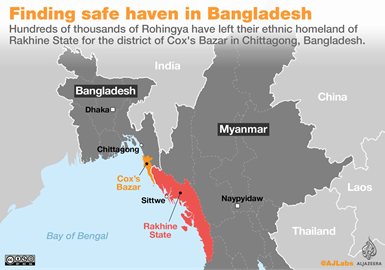
Refugee Rights Under International Law
- 1951 Refugee Convention and 1967 Protocol: The principle of non-refoulement prohibits returning individuals to places where they face persecution or severe human rights violations.
- Recognized as customary international law, binding even on non-signatory states.
- Non-refoulement is absolute, as affirmed by the Office of the United Nations High Commissioner for Human Rights and the UNHCR.
- Other Key Treaties:
- International Covenant on Civil and Political Rights (ICCPR): Article 7 implicitly upholds non-refoulement.
- Convention on the Rights of the Child (CRC) and International Convention on the Elimination of All Forms of Racial Discrimination (ICERD): Ratified by India, these reinforce non-refoulement obligations.
India’s Position on Rohingya Refugees
Domestic Legal Framework
- India is not a signatory to the Refugee Convention, its Protocol, or key treaties like the Convention Against Torture.
- Domestic laws such as the Foreigners Act, 1946, and the Passport Act, 1967, label Rohingya refugees as “illegal migrants.”
- The government asserts no legal obligation to provide asylum, citing national security concerns.
Supreme Court Decisions
- 2021: In Mohammad Salimullah & Anr. vs. Union of India, the Court allowed deportation of 170 Rohingya refugees citing national security.
- 2024: Delhi High Court dismissed a plea to admit Rohingya children into local schools, noting the issue required government policy decisions.
India’s International Obligations
- Relevant Treaties:
- India is party to the ICCPR, CRC, and ICERD, which enforce non-refoulement.
- Signed but not ratified the Convention Against Torture, making its provisions non-binding but indicative of India’s commitment.
- Judicial Interpretations:
- Supreme Court rulings (Vishaka vs. State of Rajasthan, 1997; NALSA vs. Union of India, 2014) affirm the application of international conventions in the absence of domestic legislation.
- High Courts (e.g., Ktaer Abbas Habib Al Qutaifi vs. Union of India, Gujarat HC, 1998; Dongh Lian Kham vs. Union of India, Delhi HC, 2015) interpreted non-refoulement as part of Article 21 (Right to Life).
Concerns and Challenges
- Unequal Treatment of Refugees: Refugee policy lacks standardisation, driven by geopolitical interests.
- While Tibetan, Sri Lankan, and Afghan refugees receive legal aid and long-term visas, most Rohingya face detention and criminal imprisonment despite UNHCR registration.
- Exclusionary Policies
- Citizenship Amendment Act, 2019: Excludes persecuted Muslim minorities like the Rohingya from its provisions.
- Lack of Legal Representation: Civil society groups face funding issues due to revoked FCRA licences, limiting their ability to support detained refugees.
- Lawyers are hesitant to take up Rohingya cases fearing government backlash.
- Dehumanising Living Conditions: Recently, the Supreme Court directed Assam State Legal Services to inspect living conditions at detention facilities because detention centres, such as Matia Transit Camp, are overcrowded and unhygienic.
- Pregnant women and children of Rohingya refugees are among those detained in substandard conditions.

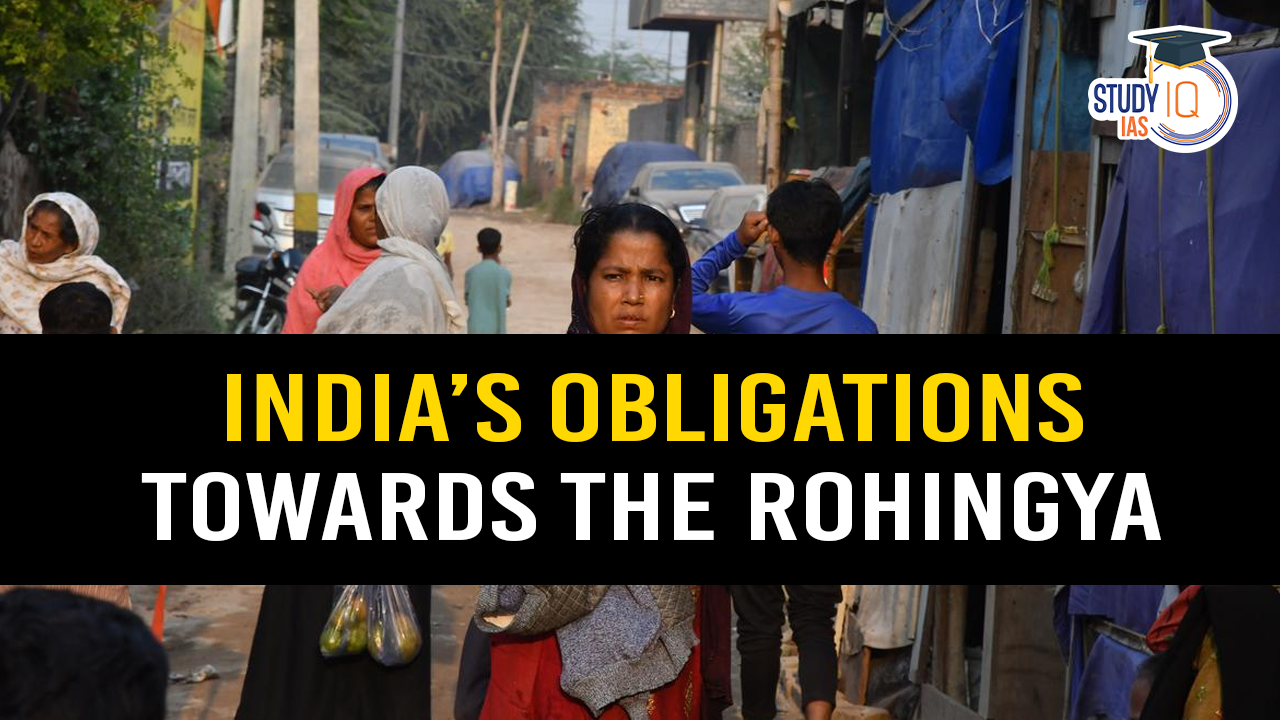
 India-Bangladesh Relation, Areas of Coop...
India-Bangladesh Relation, Areas of Coop...
 India China Relations, Evolution, Areas ...
India China Relations, Evolution, Areas ...
 Africa’s Nuclear Energy Market Status ...
Africa’s Nuclear Energy Market Status ...

